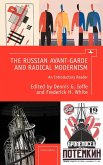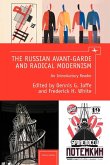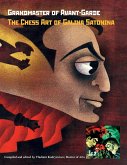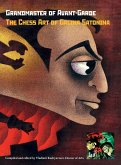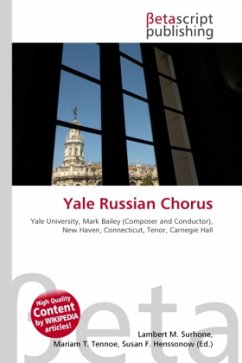Please note that the content of this book primarily consists of articles available from Wikipedia or other free sources online. The Russian avant-garde is an umbrella term used to define the large, influential wave of modern art that flourished in Russia (or more accurately, the Russian Empire and the Soviet Union) approximately 1890 to 1930 - although some place its beginning as early as 1850 and its end as late as 1960. The term covers many separate, but inextricably related, art movements that occurred at the time; namely neo-primitivism, suprematism, constructivism, and futurism. Given that many of these avant-garde artists were born or grew up in what is present day Belarus and Ukraine (including Kazimir Malevich, Aleksandra Ekster, Vladimir Tatlin, Wassily Kandinsky, David Burliuk, Alexander Archipenko), some sources also talk about Ukrainian avant-garde. The Russian avant-garde reached its creative and popular height in the period between the Russian Revolution of 1917 and1932, at which point the ideas of the avant-garde clashed with the newly emerged state-sponsored direction of Socialist Realism.

